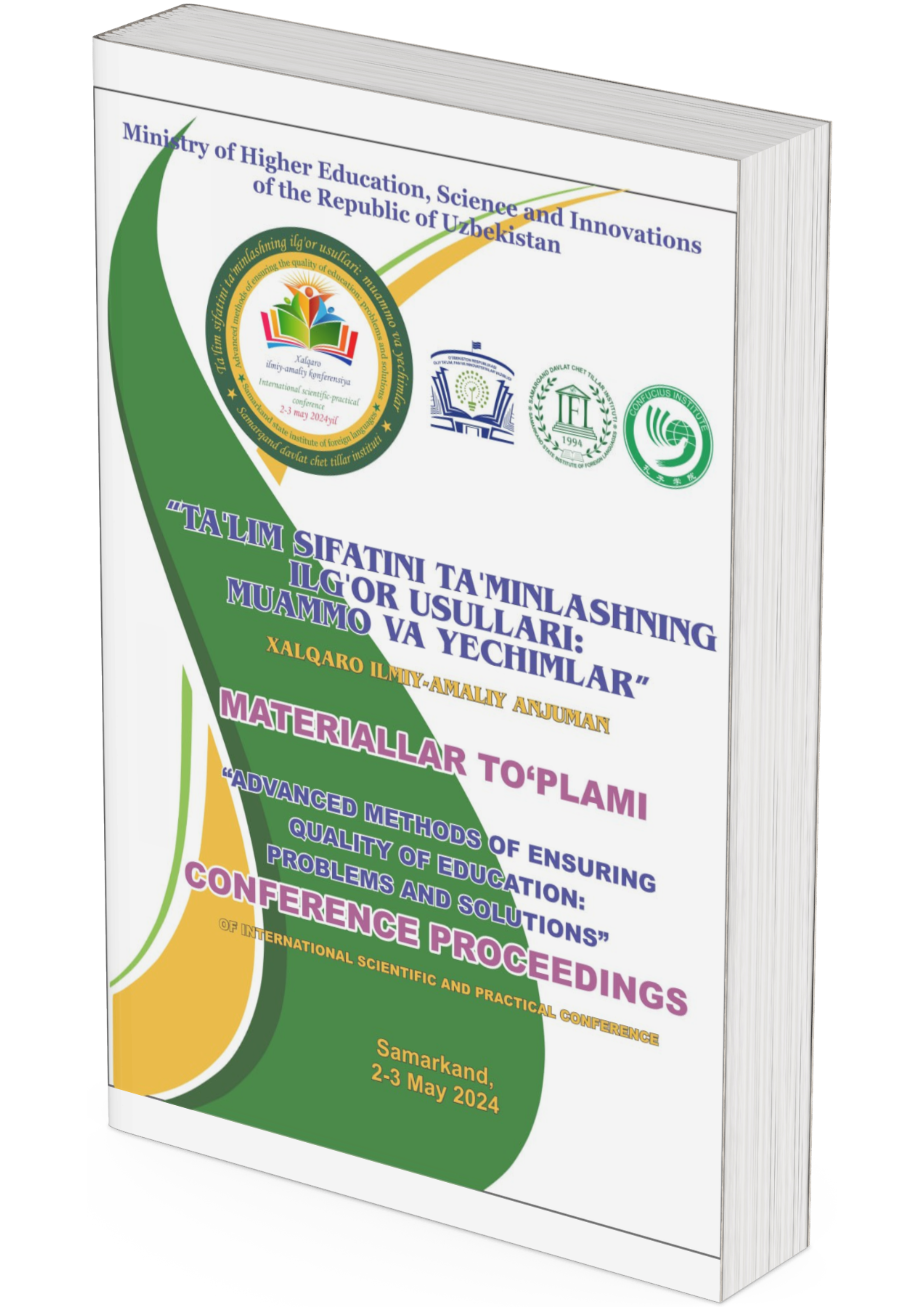INTENSIVE WAYS OF TEACHING PHONETIC ASPECTS OF ENGLISH AT THE SENIOR STAGES OF SECONDARY SCHOOL
DOI:
https://doi.org/10.2024/pba05z96Keywords:
phonetics, English language teaching, senior secondary education, intensive teaching methods, pronunciation skills, language acquisition, active learning, technology in educationAbstract
This article explores various intensive methods for teaching the phonetic aspects of the English language to students in the senior stages of secondary school. It discusses the importance of phonetics in language acquisition and communication skills development, particularly focusing on techniques that engage students actively and effectively. By employing innovative strategies and incorporating technology, educators can create immersive learning experiences that enhance students' pronunciation, listening comprehension, and overall language proficiency.
References
Celce-Murcia, M., Brinton, D. M., & Goodwin, J. M. (1996). Teaching pronunciation: A reference for teachers of English to speakers of other languages. Cambridge University Press.
Dalton, D., & Seidlhofer, B. (1994). Pronunciation. Oxford University Press.
Grant, L., & Bauer, L. (2004). Criteria for redefining phoneme categories. Language and Speech, 47(4), 297-314.
Ladefoged, P. (2006). A course in phonetics. Thomson Learning.
Levis, J. M. (2005). Changing contexts and shifting paradigms in pronunciation teaching. TESOL Quarterly, 39(3), 369-377.
Pennington, M. C., & Richards, J. C. (1986). Pronunciation revisited. TESOL Quarterly, 20(2), 207-225.
Underhill, A. (2005). Sound foundations: Learning and teaching pronunciation. Oxford University Press.
Wong, W. (2004). Phonological acquisition of English by Cantonese ESL learners: Segmental and suprasegmental aspects. Journal of Language and Linguistics, 3(1), 105-124.
Downloads
Published
Conference Proceedings Volume
Section
License
Copyright (c) 2024 Dilbarkhon Turayeva (Author)

This work is licensed under a Creative Commons Attribution 4.0 International License.









